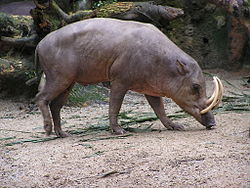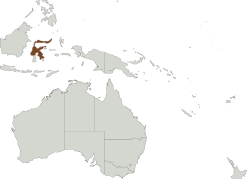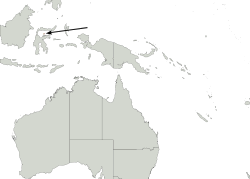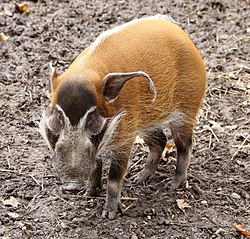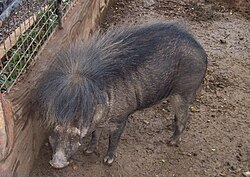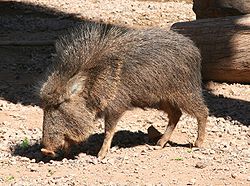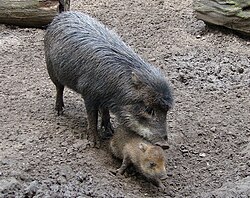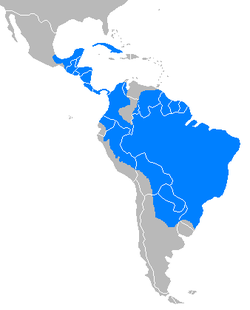
Suina, also known as Suiformes, is a suborder of omnivorous, non-ruminant hoofed mammals in the order Artiodactyla. A member of this clade is called a suine. It includes the family Suidae, termed suids or colloquially pigs or swine, as well as the family Tayassuidae, termed tayassuids or peccaries. Suines are largely native to Africa, South America, and Southeast Asia, with the exception of the wild boar, which is additionally native to Europe and Asia and introduced to North America and Australasia, including widespread use in farming of the domestic pig subspecies. Suines range in size from the 55 cm (22 in) long pygmy hog to the 210 cm (83 in) long giant forest hog, and are primarily found in forest, shrubland, and grassland biomes, though some can be found in deserts, wetlands, or coastal regions. Most species do not have population estimates, though approximately two billion domestic pigs are used in farming, while several species are considered endangered or critically endangered with populations as low as 100.
Contents
The 20 extant species of Suina are split between the Suidae family, containing 17 extant species belonging to six genera, and the Tayassuidae family, containing three species in three genera. All extant suids are members of the Suinae subfamily; extinct species have also been placed into Suinae as well as other subfamilies. Dozens of extinct Suina species have been discovered, though due to ongoing research and discoveries the exact number and categorization is not fixed. [1] [2]


